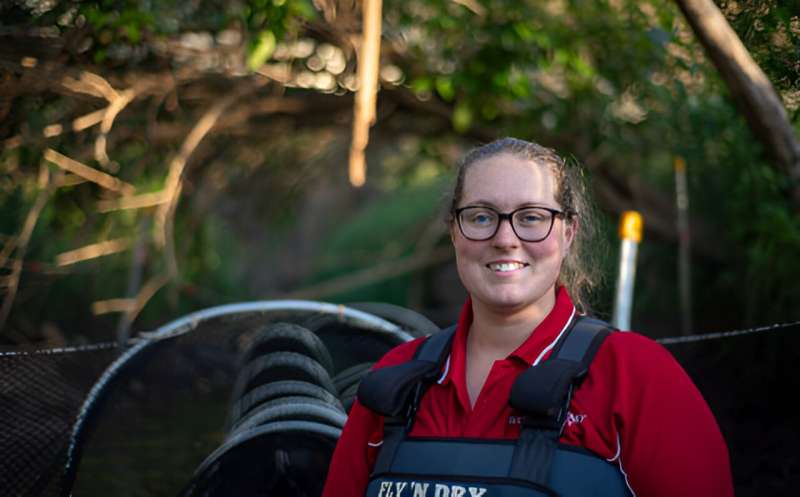This article has been reviewed according to Science X's editorial process and policies. Editors have highlighted the following attributes while ensuring the content's credibility:
fact-checked
peer-reviewed publication
trusted source
proofread
Pioneering research discovers PFOS chemical pollution in platypuses

Research from Western Sydney University has discovered PFOS (perfluorooctane sulfonate) chemical contamination in the livers of deceased platypuses across eastern New South Wales.
The Australian-first study, which was published in Environmental Science and Pollution Research, analyzed liver samples from nine deceased platypuses which were collected from community members over a two-and-a-half-year period.
Lead researcher and Ph.D. candidate from Western Sydney University's School of Science, Katherine Warwick said she was shocked at the levels of PFOS, which is a type of PFAS (per-and poly-fluoroalkyl substances), which were detected.
"We had eight platypuses from the wild and the ninth, which had spent the majority of its life in captivity," said Ms. Warwick said.
"The eight from the wild had concentrations of PFOS which ranged from 4 micrograms per kilogram to 1,200 micrograms per kilogram, which really showed us that PFOS in aquatic environments is far more widespread than initially believed."
"I thought we would find PFOS in one or two platypuses in low doses, so it was shocking to find it in all the wild platypuses. This is a first-of-its-kind study, so it is exciting for me as a Ph.D. candidate, and to have this opportunity provided to me by Western Sydney University has set me up to lead this field and really promote platypus health in a broad scale sense."
PFAS is a group of human-made chemicals used to resist heat, water, grease and stains, which are known as 'forever chemicals' as they don't break down.

With platypuses being a top order predator that provide valuable environmental insights, Ms. Warwick said that further research needs to be conducted into how they are consuming the PFOS chemical and its origins.
"This has showed us that even minute traces of PFOS in the water can accumulate to incredibly high levels within platypuses. This is a synthetic chemical which should not be in the water at all so any concentration is bad, but the maximum we found is astonishingly high," she said.
"We know PFOS is hydrophobic and doesn't like water, so what it does is stick to the sediment. Platypuses forage for macroinvertebrates or water bugs on the bottom of the rivers, so we believe that when they disturb the sediment and eat the macroinvertebrates, they incidentally ingest some contaminated sediment."
"The highest concentration of PFOS that was detected was from a platypus found in the Hunter River in Maitland, which was the only one near a recorded PFOS hotspot, so it was not a surprise given the location. There is no publicly available data for the areas where the other platypuses were found, so we are calling for additional data to be released if it does exist or if it doesn't, for governing bodies to look further into this."
Ms. Warwick's research was supervised by Associate Professor Ian Wright and Dr. Michelle Ryan, both from the School of Science.
"Katherine and our colleague Dr. Michelle Ryan have worked extremely hard with these sensitive and cryptic creatures, and I couldn't be more delighted for Katherine and the work she has put into this research paper," Associate Professor Wright said.
"We don't have much water in Australia, and it is precious, so these findings are incredibly important and a sign that we need to manage our water supplies and make sure they are good for our wildlife but also for us."
More information: Katherine G. Warwick et al, First report of accumulation of perfluorooctane sulfonate (PFOS) in platypuses (Ornithorhynchus anatinus) in New South Wales, Australia, Environmental Science and Pollution Research (2024). DOI: 10.1007/s11356-024-34704-w
Journal information: Environmental Science and Pollution Research
Provided by Western Sydney University




















